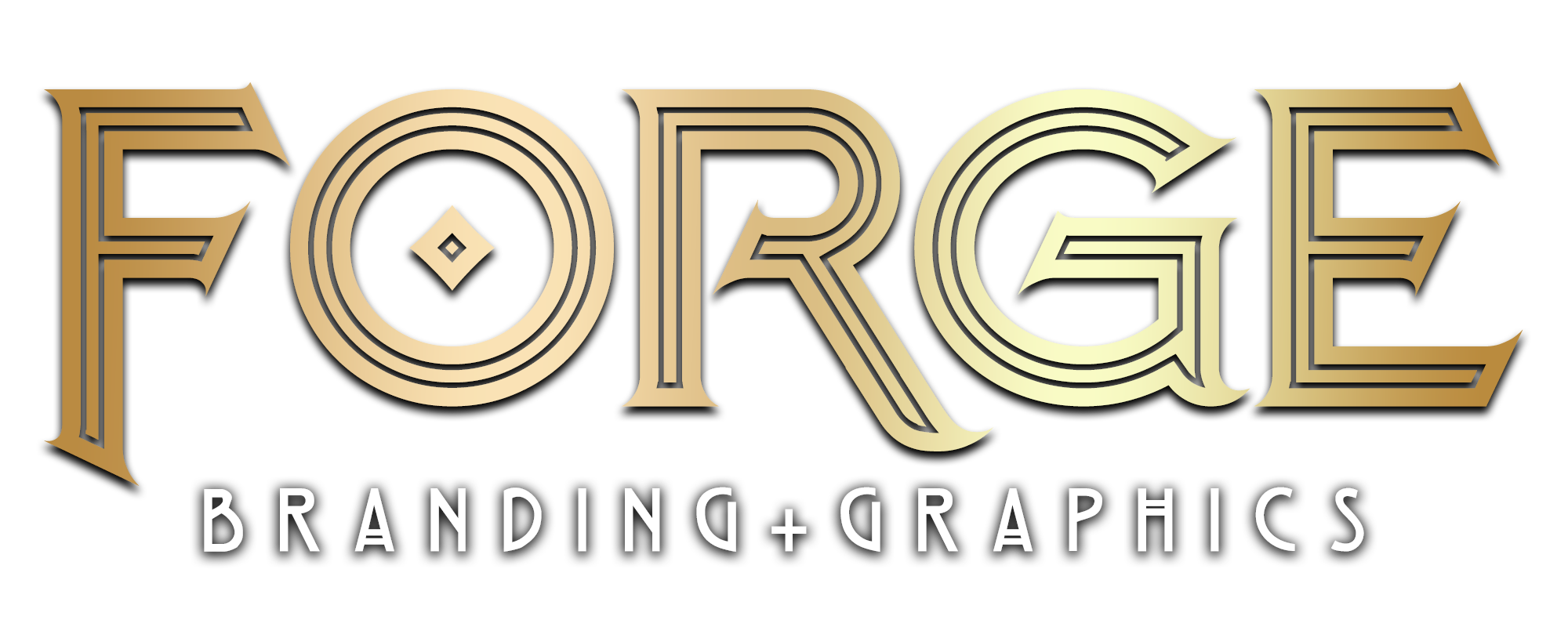Stay in Touch
Enter your email below to sign up for our latest updates.
COPYRIGHT © 2011-2024 The Bearded Scribe Press | WEBSITE DESIGNED AND BUILT BY 

G’DAY to you, Beardies, and welcome back!
Any day that I get to write a post for The Bearded Scribe is a good day, and today is no exception. Today, we’re unveiling the first post in a new series we’re calling The Quiddity of Speculation. “Quiddity” is a word to which Joshua introduced me while we were throwing around titles for this series. According to Merriam-Webster, quiddity means “whatever makes something the type that it is.” The quiddity of a thing, then, is its very essence. In this series, we’ll dissect different types of speculative fiction in detail, exploring the definition and distinguishing characteristics of each. I’ve literally been researching this post since I joined the team here. It’s been a long time coming, so without further ado, let’s get to it!
ONE of the most interesting aspects of my job as a librarian is seeing the literary trends as they come and go. Five and a half years ago, when I started my library career, vampires and werewolves were in their heyday. I’ve now witnessed the gradual decline of the paranormal romance, followed by the meteoric rise of dystopian and post-apocalyptic literature triggered by The Hunger Games. Although these sub-genres are usually considered one and the same, I’m choosing to treat them separately, starting with dystopia.
MERRIAM-WEBSTER defines “dystopia” as “an imaginary place where people lead dehumanized and often fearful lives.” First used in about 1950, the word derives from Latin and describes a place that is the opposite of the perfect society (utopia). In literature, dystopia describes a work of speculative fiction about a society that, in trying to be perfect, goes terribly wrong. Dystopia is one type of post-apocalyptic literature, but its keystone is that it features oppression caused by humans, such as police or government agencies, rather than by circumstances beyond human control.
LIKE any Speculative Fiction, dystopia hinges on world-building. The most important piece of the dystopian world, though, is the setting. In building the dystopian setting, the more detail the writer adds, the better the story will be. Important considerations include not only physical descriptions of the setting, but also political systems, cultural norms, religious beliefs, family structures, even climate and weather patterns. The writer should also think about how the world came to be as it is. War, greed, genetic engineering, failure to conserve natural resources, and good intentions gone wrong are just a few likely catalysts. By definition, though, dystopian societies are created by human error, not natural phenomena.
DYSTOPIA is all about the conflict of protagonist versus society. While the setting is key, the action builds in the form of a revolution against the setting and those who control it. To incite such a conflict, an author need only plant one seed in the mind of one character. Such a seed need not even start out as an intention to start a rebellion. Side conflicts may develop as the character’s “unconventional” way of thinking causes him or her to run afoul of authorities or even other characters who resist change. In developing the conflict, the writer should consider the impact of the protagonist’s thoughts or actions on every other aspect of the society, so that an intricate web of conflicts is woven.
ONE of the articles I read while researching this post talked about the evolution of dystopian literature. The first recognized dystopian novel was William Golding’s Lord of the Flies, published in 1954. Early dystopias featured settings that were far-fetched, with technology that was beyond belief for the times—frighteningly resonant perhaps, but not necessarily possible. More recent dystopias take the fads and problems of our current society to new levels, leaving the reader to wonder if such things as, for example, the reality-television crazed culture of The Hunger Games can be so terribly far away. In any generation, though, a good dystopia leaves the reader with plenty to think about.
AS stated above, I’ve literally been researching this post since the day that I joined The Bearded Scribe’s team. I found the following two articles to be especially helpful.
And so, Beardies, we reach the end of this first edition of The Quiddity of Speculation. Please stay tuned for my next post, which will include a list of my favorite dystopian fiction. If there is a specific type of speculative fiction that you would like me to explore in a future post, please feel free to comment with your suggestions!
As Always, Happy Scribing!
